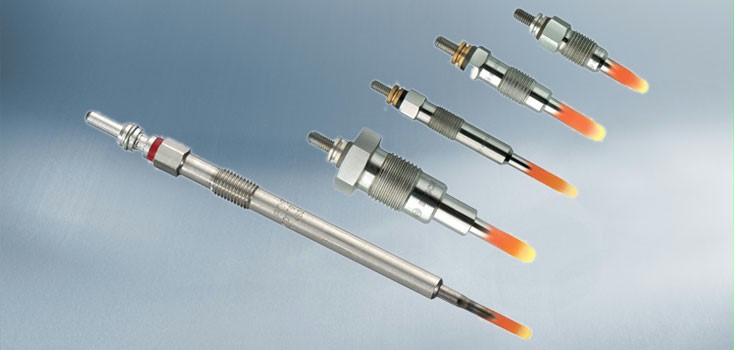Staying on top of regular maintenance keeps your vehicle running better for longer. Glenwood Auto are Trusted Saskatoon Auto Repair Experts, and we're ready to help you with all your maintenance needs. In our latest auto blog, we discuss starting your diesel engine in Saskatchewan winters!
How bad is it to cold-start a diesel engine when it's -20c, and why?
Starting diesel engines during cold weather can be frustrating if engines are not properly prepared for lower temperatures. Batteries that are weak may not crank the starter motor fast enough or long enough to start a cold engine. As the temperature goes down, so does battery capacity. A battery that has all of its power available at 80 degrees F will have only about 46% available power at -20 degrees C. Plus, the engine will be 2.5 times harder to start at 0 degrees due to thicker oil and resistance to movement of internal moving parts. In effect, an engine is about five times harder to start at -20 degrees C than at 25 degrees C. Test weak or suspicious batteries under load before cold weather to help eliminate potential problems during busy times. If batteries need replacement, always replace with a battery equal to or more powerful than the original battery. Accessories such as radios, air conditioners, heaters and other high amperage devices put extra strain on batteries. Turn all of these devices off while the starter motor is in use.

Use glow plugs or block heaters on the engine for cold weather starts. Glow plugs heat the internal combustion chamber area to suitable temperatures for combustion. Otherwise, cold fuel sprayed into the chamber and onto the glow plugs can gel and adhere to these parts. Hard starting and inefficient combustion occur with potential for damage to plugs and cylinder heads.
Use Number 1 diesel fuel in cold weather. It is more volatile than Number 2 fuel and ignites more readily under cold conditions. Keep the fuel tank full to prevent condensation inside the tank. Water from condensation can freeze and plug fuel lines from the tank to the engine. Add winter diesel fuel additive to the fuel to lower the possibility of gelling and improve starting.
Store tractors inside tool sheds, barns, garages or other suitable locations that are heated or warmer than outside temperatures. Only a few degrees warmer temperature can make starting faster and easier. The warmer the battery is, the more power it can provide to the starter motor to crank the engine. The warmer the engine oil is, the thinner it will be and have less resistance to moving engine parts. Make sure you are using the proper viscosity oil recommended for your engine for cold temperatures. If you cannot store engines inside or in a heated area, install a block heater on the engine. To save time and electricity, put the block heater on an electrical timer set to come on a couple of hours before you plan to start the engine.
If you suspect fuel has gelled from cold temperatures, change the fuel filter and warm the fuel (wait for the outside temperature to rise, use a block heater or put the tractor inside a heated area) before attempting to start the engine. Gelled fuel in the filter can block the flow of fuel from the tank to the injector pump.
After starting the engine on a cold day, allow the engine to warm up a few minutes before putting the tractor under load. Proper engine operation temperatures assure more efficient fuel combustion and may prevent damage to cold engine parts. Engine oil flows more readily at operating temperatures and allows proper lubrication of upper engine parts and areas.
Contact Glenwood today if you have any questions about your vehicle or your diesel engine!